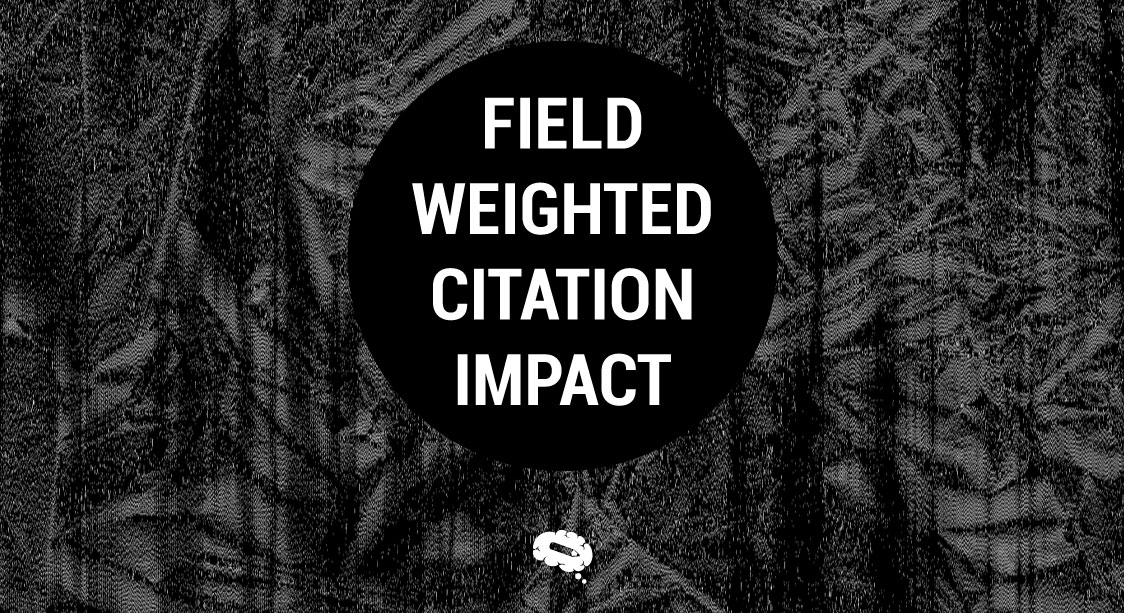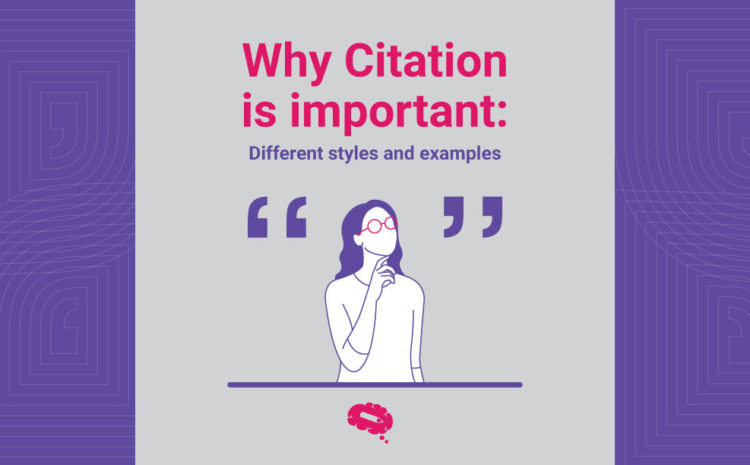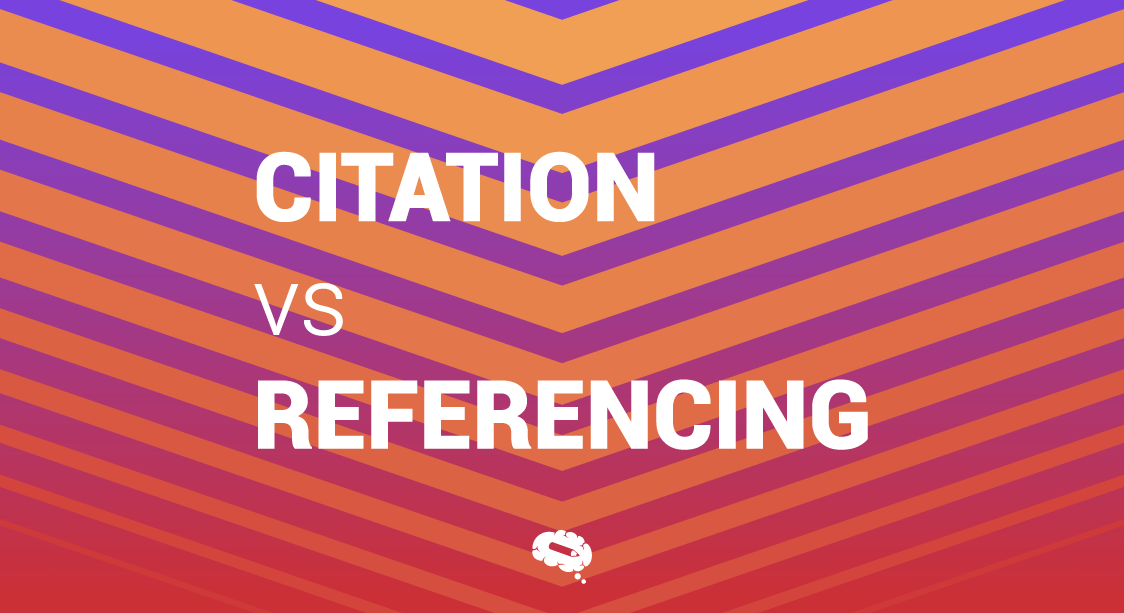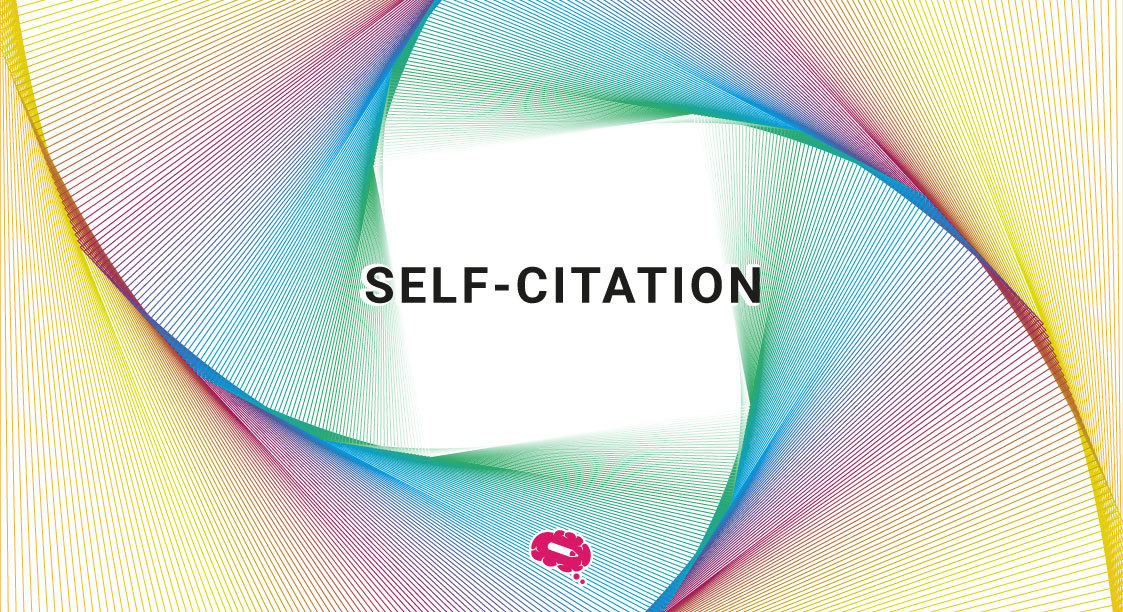As researchers, we are fascinated by the citations that we get for our research or review papers. Citations are validations to our research and it help other researchers to find validation for their hypothesis too. However, with the flood of publications in academia, it is important to learn to see how it impacts society and readers. Amongst other matrices that are popular in academia, the field-weighted citation impact (FWCI) is a really useful matrix for comparison of the publication with publications of a similar research field. According to Deakin University, field-weighted citation impact is defined as “Article Field-Weighted Citation Impact (FWCI) indicates how the number of citations received by an article compares to the average or expected number of citations received by other similar publications. Similar publications are determined by year, type, and discipline.” You can also read the Deakin University article: Article Field Weighted Citation Impact (FWCI).
What Is Field-Weighted Citation Impact?
Definition
Field-Weighted Citation Impact (FWCI) measures the relative impact generated by the article in the field. Different academic fields have different citation behaviors. For example, papers in the life sciences may receive more citations on average than papers in the humanities. FWCI accounts for these differences by normalizing citation counts based on field-specific averages. It considers the differences in citation practices between different fields to provide a more accurate measure of research impact. Thus, An FWCI of 1.0 indicates that the researcher’s publications are cited at the global average for that field. An FWCI greater than 1.0 indicates an above-average citation impact, while a FWCI less than 1.0 indicates a below-average impact.
Why is FWCI Important?
FWCI is a snowball matrix. As defined by the University of the Sunshine Coast, Australia, “Snowball metrics are a defined set of metrics that aim to inform all areas of research activity”. Peer institutions can provide uniformity and facilitate benchmarking by using agreed-upon procedures that can be applied consistently to research management information. In order to supplement current methods, this aids in laying a solid foundation for institutional strategic decision making. Read more details about the Snowball Matrix here.
How to Calculate FWCI
Basic Formula
The FWCI is calculated as follows:

Actual Citations Received: The total number of citations received by the researcher’s publications.
Expected Citations: The average number of citations received by similar publications in the same field, publication year, and document type.
Example: If a researcher’s paper in the field of microbiology receives 20 citations, and the average number of citations for similar papers in that field is 10, the FWCI for that paper would be: 20/10 = 2.0. This means that the researcher’s paper has been cited twice as compared to other articles in the field of his/her research.
Factors Influencing FWCI
Different academic fields have different citation behaviors. For example, papers in the life sciences may receive more citations on average than papers in the humanities. FWCI accounts for these differences by normalizing citation counts based on field-specific averages.
Calculation using tools
There are software tools available online for the calculation of FWCI. The most popular tool is SciVal by Elsevier. SciVal makes available the research output of more than 24,500 research institutes and the people affiliated with them from 234 countries across the globe. Tools like that can help you understand your research impact better and more accurately.
Advantages Of Using FWCI
Comparability Across Fields
Field-Weighted Citation Impact gives a series of advantages over raw citation counts. If we look just at the raw citation score, it could be illusive. The analysis of the impact created by the article must be justified against normally received citations in that particular research area. As FWCI normalizes the raw citation number across various disciplines of the research, it can help in comparing multidisciplinary research assessments.
Limitations of FWCI value
Field Coverage: FWCI may not be available for all fields, particularly niche or emerging areas.
Citation Practices: Differences in citation practices, such as self-citations or citation clusters, can influence FWCI.
Time Lag: It may take time for citations to accumulate, so FWCI for recent publications might not fully represent their impact.
Conclusion
In summary, FWCI is a robust metric that enhances the understanding of research impact, promoting a nuanced evaluation of scholarly contributions. By integrating FWCI into research assessments, the academic community can better recognize and value significant work across various disciplines.
Use Mind the Graph For Increasing The Impact
By now you have been aware that it is important to have good content and reach in the scientific world to make your research get more FWCI. Mind the Graph can help you get more attention from the reader (and by that it can help you get more citations too!) When a scientific paper or a presentation has impactful infographics or illustrations it is bound to attract more readers. So, what are you waiting for? Go to Mind the Graph website and register for the free account. Get access to tons of illustrations and enjoy creating amazing designs. Incorporate them as graphical abstracts and churn the advantage! Keep reading our blog for more insightful articles.

Subscribe to our newsletter
Exclusive high quality content about effective visual
communication in science.





